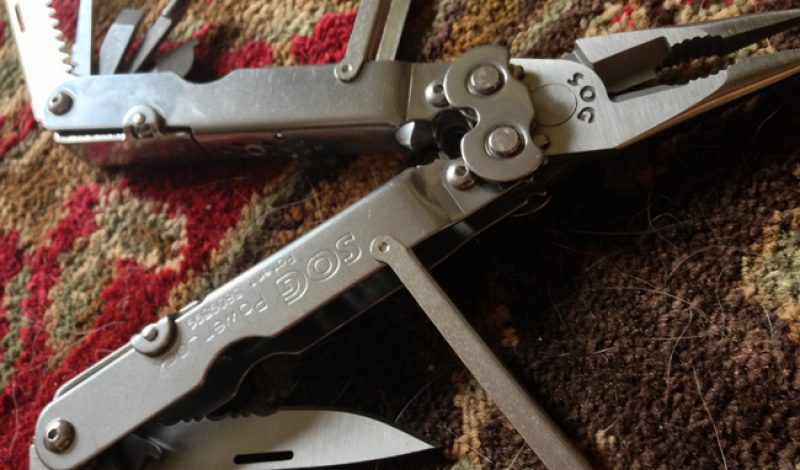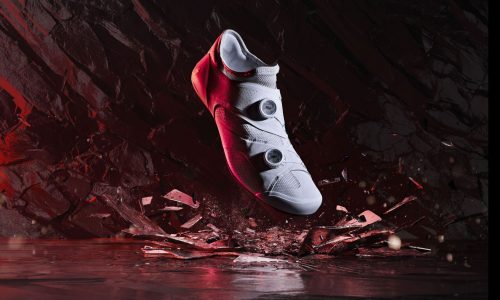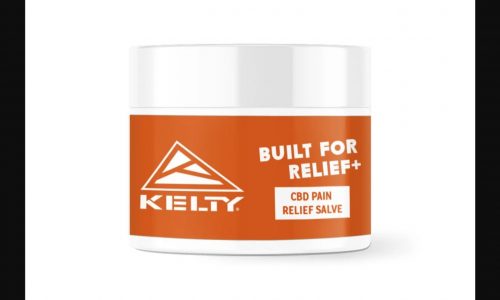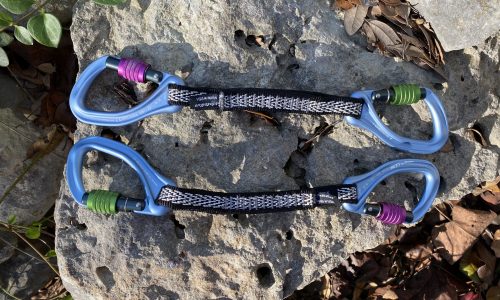Nick LeFort, the Gear Institute’s Knives and Tools expert, has always been a fan of knives, multi-tools, and hatchets, and hasn’t been seen without a blade since the age of 10. In 2002, he began knife-making as an apprentice with his father-in-law, and after three years of home-schooling in metallurgy, knife-design, and intended function, made his first complete knife.
The goal was to make “edged tools for the blue collar class,” LeFort said, all while having fun doing it. In 2013, LeFort carried that mission statement over to his own outfit and started making knives under “Ragged Mountain Knife Works,” an homage to the local mountain that he grew up on. Learning how to make his own equipment has certainly helped hone Nick’s eye for accurately and thoroughly testing knives and multi-tools.
Here, he presents what he has found to be the necessary elements for his testing procedure, and why he thinks they help him get the most objective results:
Everyday Use
Everyday use is one of the best ways to know if a multi-tool will stand up to its manufacturer’s claims, so I do my best to test beyond the intended use. Believe it or not, having a tool live in your pocket all day can really gum up how easy it functions. I also purposely get these things wet and dirty, and don’t wipe them down before I put them away. This allows for the grit and grime to seep in.
Pliers
A great test for pliers is to grab on to a nut that is oversized enough to keep you from getting them all the way around it, and then to use a socket against it on the other side. If a pair of multi-tool pliers can hold on under those conditions, then they’ll exceed any expectation in a normal situation.
Wire Cutters
Wire cutters get tortured, because both stranded and solid wire is really stubborn. Both are soft materials that you can’t cut through easily. You need a tool that can shear through them. I forego cutting through copper wire and cut through a piece of metal wire fencing to see how the teeth hold up.
Knife Blades
Cutting through multiple sheets of cardboard and rope will quickly tell you how well a blade edge will hold up. Cutting through a fresh branch without wiping the blade down, or dunking the tool in a stream will also quickly flush out just how stainless it is.
Saw Blades
A good saw blade design will buck most of the refuse material from the teeth while cutting, keeping it from getting gummed up. If it gets gummed up mid-cut, it could bend easily. I like to switch between wood and PVC without cleaning the teeth at all. Those two materials, when warmed up from friction, can stop a saw mid-cut. If a saw blade can get through that without any deformation, it passes the test.
Files
Files on multi-tools aren’t designed for major jobs. If they are constructed from the right materials and heat-treated properly, they’re great for minor material shaping such as honing a chipped edge on a hatchet or flat head screwdriver. So I really test for function over durability.
By design, files will get jammed up with material pretty quickly. You’re not likely going to be carrying a file cleaner with you on your adventure, so I test to make sure that files perform on their intended material and can be easily cleaned in the field; either by tapping or brushing off on a pant leg, etc.
Locking Mechanism
Different locking types require different tests, but the most crucial test is to make sure that you cannot disengage the lock while using the tool. A good lock type will have a button that is out of the way of your hand while functioning. I make sure I get these tools good and dirty before engaging and disengaging the locks.














